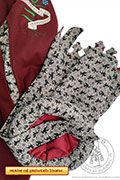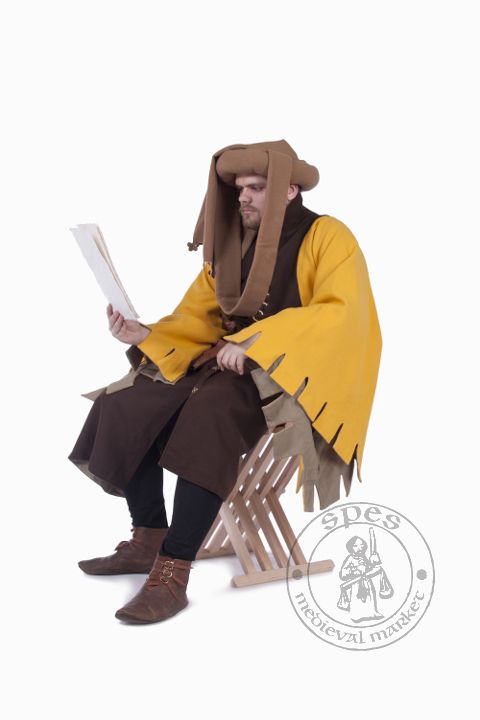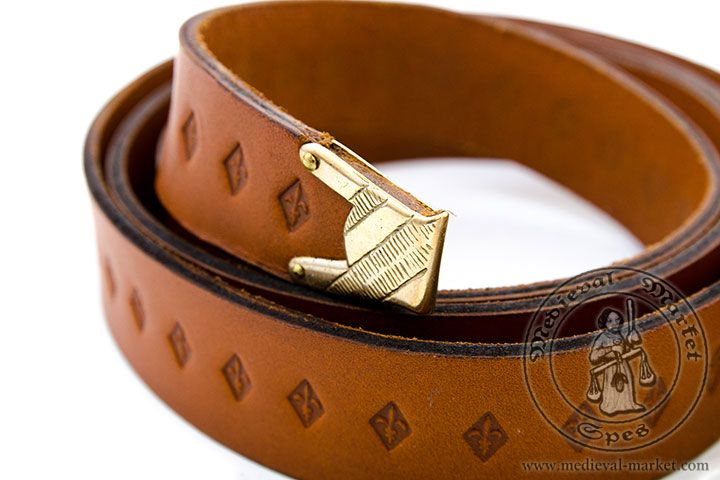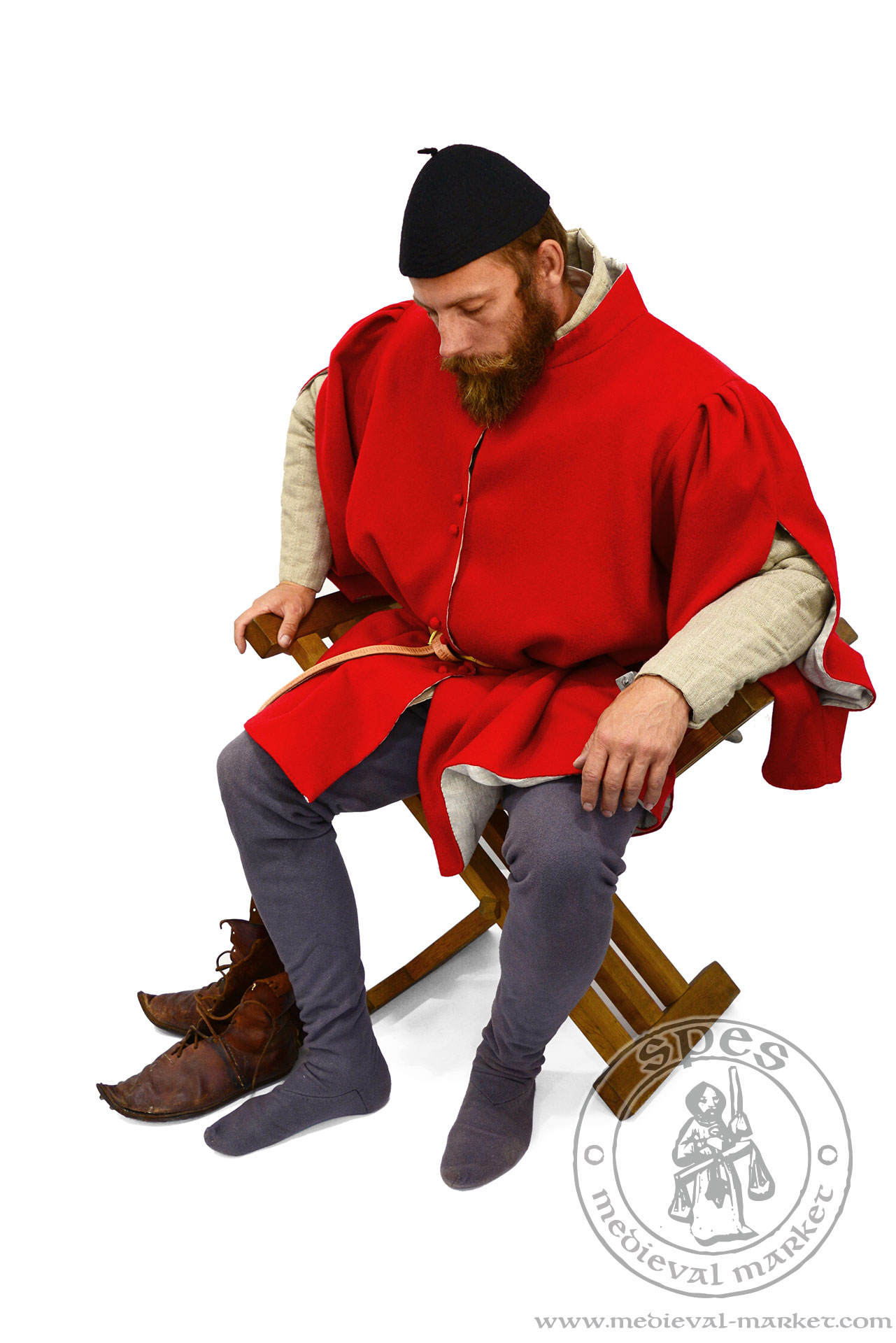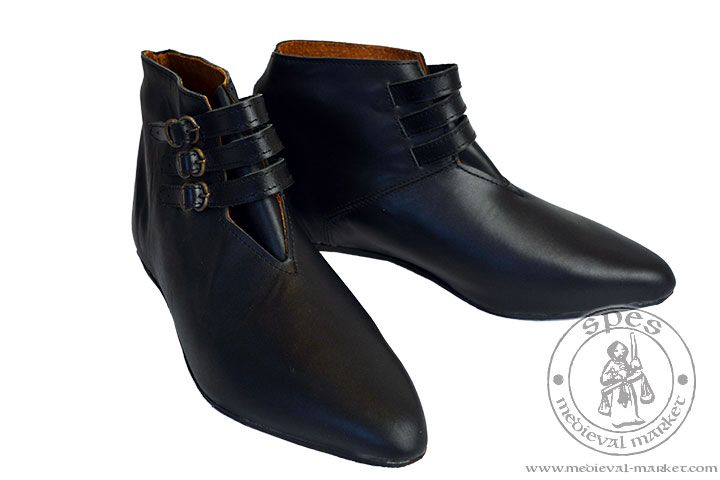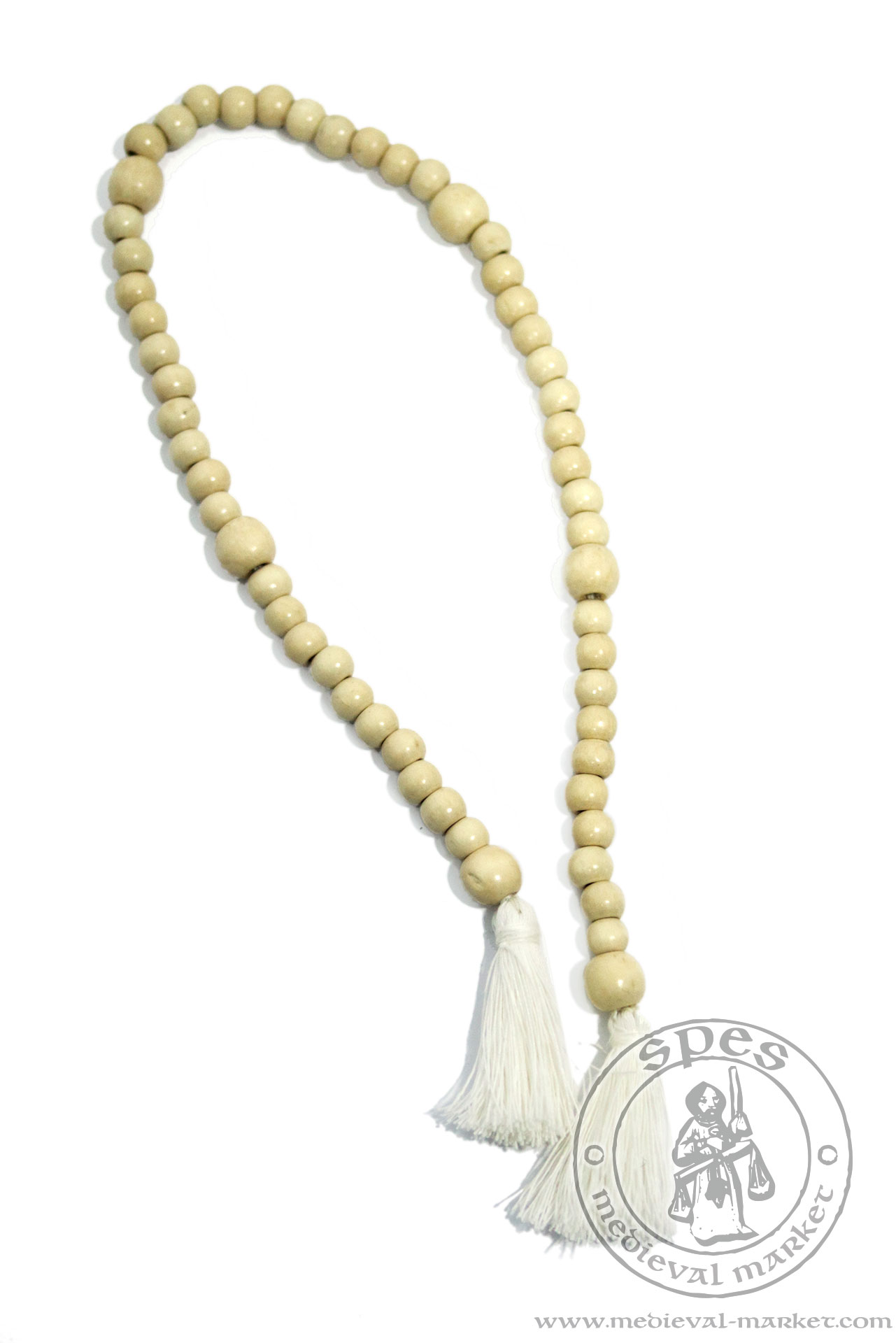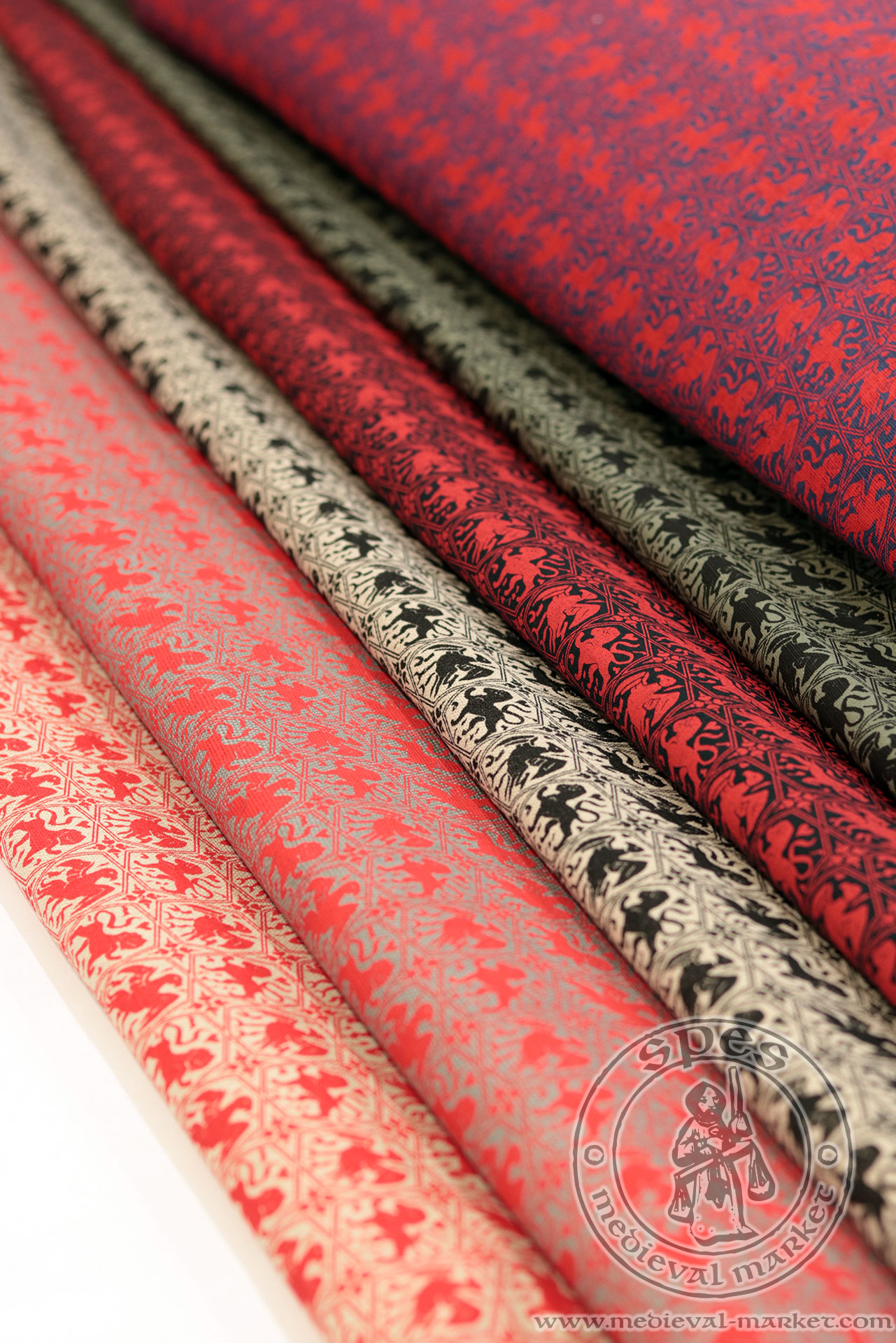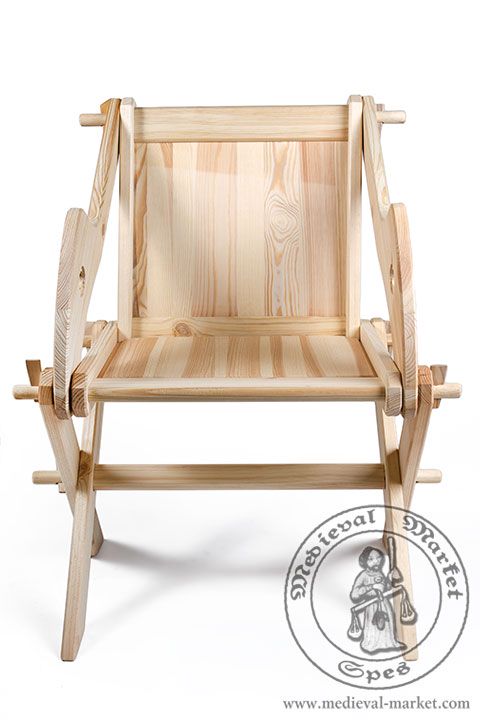If you wish to adjust your cookie preferences for this website, you can do so using your browser settings.



Category: Male clothing > medieval headwear
Chaperon
Chaperon
Century: XV| CODE | Material |
Standard
|
Price | |
| GMWR0150 | Wool | Hand-made | 90.00 EUR |
|
| GMWS0149 | Wool | Mixed | 60.00 EUR |
|
- You can choose a type of a cut-out after click 'buy'.
Lowest price in the last 30 days
See how to place an order for several people
A medieval chaperon is a type of court headwear made of wool without lining.
How does a medieval chaperon look like?
Our chaperons are made of wool of the highest quality. This medieval headwear consists of a thick border (bourrelet/rondel), a tail (cornette/liripipe) and a loosely hanging piece of fabric (cape/patte).
There is an option of making a cut-out in our chaperon for a small additional charge. Available patterns can be seen here. The colors of wool you can find here!
We offer two standards of finishing this historical court headwear. Machine sewing with hand finishing or sewing all by hand.
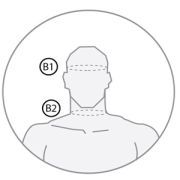
If you want your order to be realized FASTER, please provide us your head girth (B1) during placing it. This will speed up production, so your chaperon will come to you sooner!
Check our chaperons available in stock and chaperons with cut-out.
History of a chaperon and historical sources
Medieval chaperon is known in Europe since the beginning of 14th century. However, it gained its greatest popularity at the turn of 14th and 15th century. This elegant historical headgear was worn mainly in Western Europe, especially in Burgundy.
This court headwear derives from a hooded cape, worn from the 13th century. A hood was bundled up in a form of a turban. Next, wearers started to use the "wrong" opening, so the tail and a cape were hanging loosely from the top of a head.
Chaperon is presented on the portrait of Philip the Good, the Prince of Burgundy, by Rogier van der Weyden (~1450).
An example of a tied up hooded cape in a form of a chaperon can be found in Les Très Riches Heures du duc de Berry.





 Female Clothing
Female Clothing
 Accessories
Accessories Furniture
Furniture Tents
Tents Armament
Armament HMB Line
HMB Line Miscellaneous
Miscellaneous Rent
Rent In stock
In stock Special Offers
Special Offers Search
Search Your Account
Your Account About us
About us Sizing
Sizing How to buy
How to buy Blog
Blog Links
Links Events
Events





